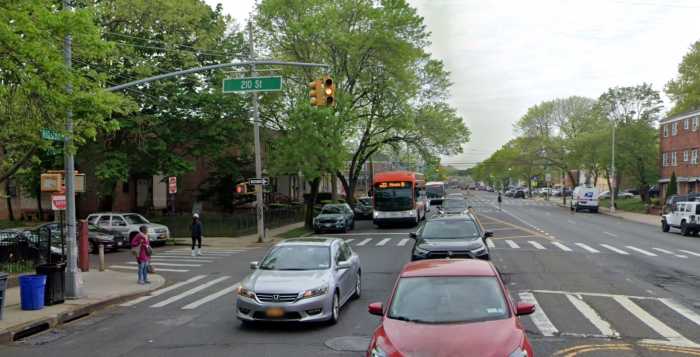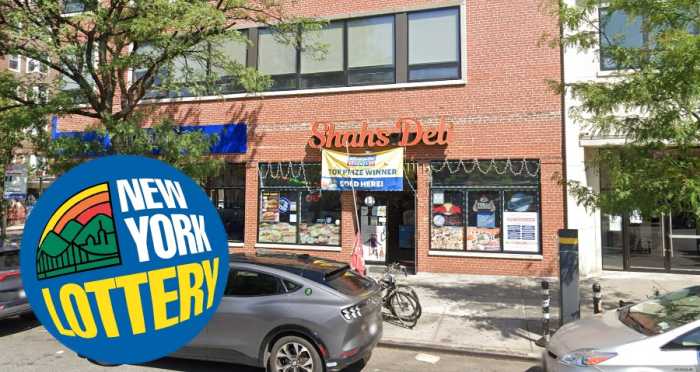By Sadef Ali Kully
The Jamaica and Hollis neighborhoods have unhealthy profiles due to high rates of disease and crime, according to the city Health Department’s report on 14 districts across the borough.
Overall, the health profile for Queens showed that in many neighborhoods, the level of health was good. However, it found significant health inequities in Jamaica and Hollis, where death rates due to diabetes, stroke, hypertension, and homicide are higher than the citywide rates. The infant mortality rate of 9 percent in the two neighborhoods is almost double Queens’ overall rate of 4.7 percent.
“The Health Department’s Community Health Profiles represent the most comprehensive picture of neighborhood health that we have ever produced,” Health Commissioner Dr. Mary Bassett said in a release.
According to the report, each profile outlines the health of a Queens community district using indicators of neighborhood conditions, social and economic conditions, healthy living, health care and health outcomes.
But this year, the city Health Department integrated non-traditional health indicators, such as housing quality, the number of tobacco retailers per 10,000 people, and the supermarket square footage per 100 people to each of the neighborhood profiles.
In Bayside and Little Neck, 9 percent of residents live below the Federal Poverty Level—one of the lowest poverty rates among city neighborhoods. The CB 11 community district has a lower percentage of homes with maintenance defects than does the city overall. The air pollution level is lower than for Queens as a whole as well as for the city overall. Residents in Bayside and Little Neck smoke at a similar rate to residents borough-wide or for the city as a whole, according to the area’s health profile.
For Jamaica and Hollis, the study found that 17 percent of residents live below the Federal Poverty Level. It also found that about one in seven Jamaica and Hollis adults aged 16 and older are unemployed, and over half of residents spend more than 30 percent of their monthly gross income on rent.
Flushing and Whitestone had the highest number of deaths related to heart disease at over 3,000 in the past year, while Woodside and Sunnyside had the lowest number of deaths related to heart disease at an estimated 894, according to their respective profiles.
In Elmhurst and Corona, 69 percent of residents describe their own health as “excellent,” “very good,” or “good.” Adults in that district are less likely than adults citywide to get tested for HIV, but are more likely to receive flu vaccinations. The rate of infant mortality in Elmhurst and Corona is higher than the citywide rate; however, the rate of premature death in the community district is the seventh-lowest in the city, according to the area’s health profile.
Reach Reporter Sadef Ali Kully by e-mail at skull



































